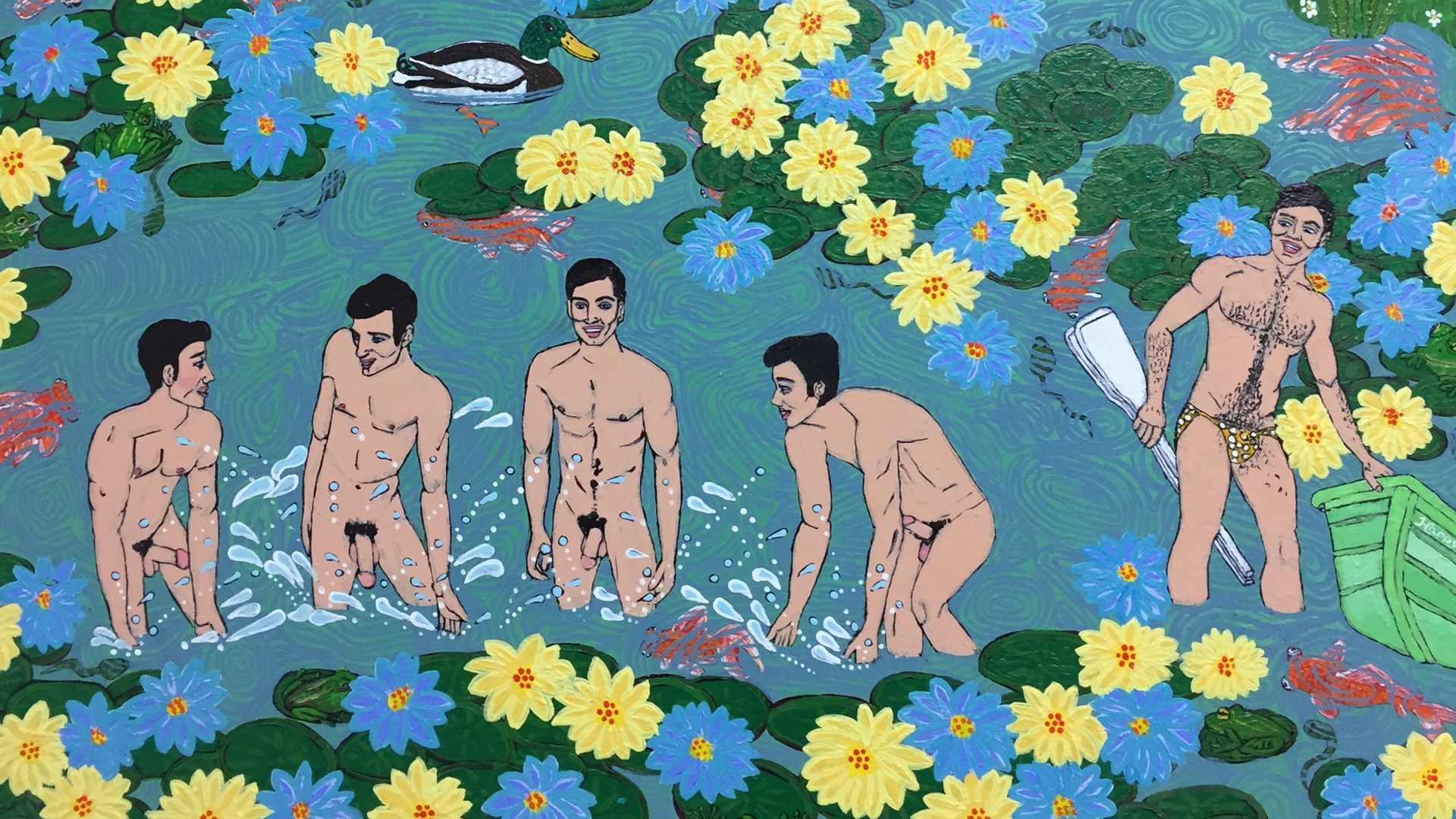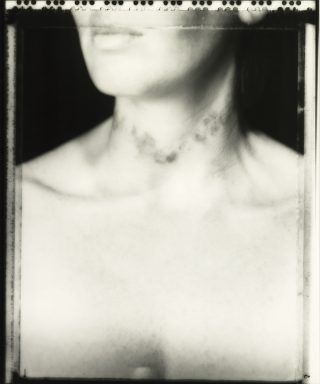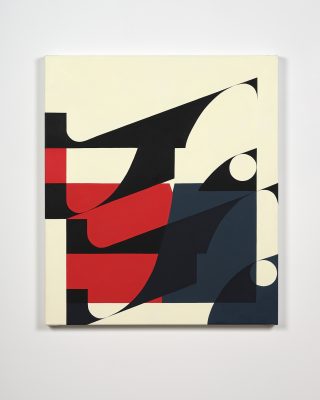On Instagram, Laura Williams goes by ‘takingthepastiche’. The moniker could hardly be more appropriate. Williams’ practice is grounded in pastiche, voraciously sampling art, design, and popular culture from different periods in time. A quick look a clutch of her paintings reveals a Hieronymus Bosch creature, a Frida Kahlo self-portrait, a Meissen-style figurine, a Richard Parker pot, a wartime We Can Do It! poster, a beefcake apparently lifted from the pages of a 1970s magazine. These elements are redeployed with whimsy, but Williams isn’t poking fun at any one of them. On the contrary, her paintings suggest a deep fondness for her sources. What she does do is take liberties and risks. She’s daring. She’s not afraid to load a brush with colour or a canvas with motifs, pushing her compositions right up to the brink without causing a total collapse.
Williams shows something of an irreverence for categories. Her rampant eclecticism tends to underscore the redundancy of separations between the ‘fine’ and ‘decorative’ arts, ‘high’ and ‘low’ cultures. At the same time, she is an avowedly self-taught painter, who often applies terms like ‘folk’ and ‘naïve’ to her practice. There’s a quality of paradox to this habit. On the one hand, her works are neither predominantly decorative nor lacking in sophistication (as well as riffing on the work of well-known artists, she includes images of books, especially modernist classics). On the other hand, she is well-versed in the tradition of the autodidact in art. With their strongly linear style, inconsistent perspective, ebullient colour, and profuse vegetable and floral motifs, her paintings echo those produced by well-known amateurs like Henri Rousseau and, closer to home, Teuane Tibbo.
While eschewing the calculated intellectualism and inadvertent homogeneity that can sometimes attend the work of the recent graduate, Williams’ paintings engage with live and pressing issues. Her frequent use of gay male imagery—from reclining nudes by David Hockey to frolicking Adonises with ‘fluffed’ appendages—at once turns the male gaze on its head and signals the artist’s solidarity with LGBTQ+ people, who have long fought for the right to have their needs and desires taken seriously. Her paintings often read like alternative histories. She inserts into visions of Arcadia or Eden scenes that are distinctly un-heteronormative. In doing so, she is not necessarily advocating for queerness in particular, but she highlights the fact that traditions and narratives are not neutral and need not be immutable.
At once cacophonous and contemplative, outrageous and earnest, Williams’ works are a bit like the outlandishly attired eccentric, modelling an alternative way of being with apparent self-assuredness. They stalwartly focus attention on elements of quirkiness present in the world, encouraging us both to attend a little more closely to that which sits outside the frame of ‘normality’ and to inject a little more enchantment into our quotidian lives. While they do not present a clearly delineated agenda, Williams’ paintings are undoubtedly political. They are not out to deny the cynicism and despair that can emerge when so many lunatic old men reign powerful. Instead, they answering these with a reminder that there are always less familiar and more delightful phenomena to turn to—if only we look for them, celebrate them.
*
Essay commissioned by Laura Williams.




